Now Wasps Are Forming Massive 'Super Nests' Because Life Just Isn't Scary Enough
Hail the new insect overlords.
Wasps are forming massive “super nests,” with thousands of insects ready to sting, according to agricultural experts in Alabama.
The Alabama Cooperative Extension System warned of nests the size of a Volkswagen Beetle, with as many as 15,000 wasps inside ― up to four times the size of normal nest.
These super nests can be attached to cars, inside garages and sheds, in or on the ground, or on homes.
Imagine a colony of yellow jackets the size of a car, filled with 15,000 stinging insects. Now, imagine more than 90 in the state. It happened in 2006 & an Alabama Extension entomologist says 2019 may mirror 2006. https://t.co/SVW5YhIMnt @spann @AlfaFarmers @wsfa12news pic.twitter.com/EfyCicyXHF
— Alabama Extension (@ACESedu) June 21, 2019
In most years, the winter freeze kills off many colonies.
But that doesn’t always happen ― and when a colony survives the winter, a super nest can form.
“The queens are the only ones who have an antifreeze compound in their blood,” Charles Ray, an entomologist with the Alabama Cooperative Extension System, told The New York Times.
He said climate change is one reason for the survival of so many colonies:
So normally, a surviving queen will have to start a colony from scratch in the spring. With our climate becoming warmer, there might be multiple surviving queens producing more than 20,000 eggs each.
The Alabama Extension said this year is already outpacing 2006, when some 90 of these massive super nests were found in the state.
WFSA, the NBC station in Montgomery, said 15 have been found this year so far.
“Any place where it’s good shelter, where it doesn’t freeze, the colony probably won’t die off,” Clint Hester of Stark Exterminators told the station. “So you have the new ones, plus the old workers and double the size of the colony in just one year.”
Stark warned people not to mess with the massive nests themselves, but to call in an expert.
And while Alabama seems to be where the nests are concentrated ― so far ― neighboring states are also concerned.
WSB, the ABC station in Atlanta, said Georgia officials are already watching out for these super nests, warning in particular of yellow jackets, an aggressive wasp that often forms nests in the ground.
Yellow jacket ‘super nest’ found in Alabama. 500K wasps in it. UGA expert says says if you see 2 in your yard, there may be 2-thousand nearby. 5pm pic.twitter.com/rmU5kAk4KZ
— Berndt Petersen (@BPetersenWSB) June 28, 2019
“Yellow jackets will defend the nest to the death, fighting tooth and nail,” University of Georgia agricultural agent James Murphy, who is investigating the Alabama super nests, told the station. “And unlike bees, they can sting multiple times.”
The Alabama Extension said every sting increases your chances of becoming sensitive to the venom and suffering a reaction, which in some cases can be fatal.
Confused about the different types of wasps and what to do when you find a next? The Alabama Extension shared a primer:
WATCH OUT FOR WASPS! With every occasional wasp sting, a person’s chances of becoming sensitive to the venom increases. Knowing the basic information about these insects may reduce your chances of getting stung. #Wasps #Summer #WaspStings #YellowJackets #Hornets pic.twitter.com/buuXg65DJj
— Alabama Extension (@ACESedu) June 27, 2019
Also on HuffPost
Love HuffPost? Become a founding member of HuffPost Plus today.
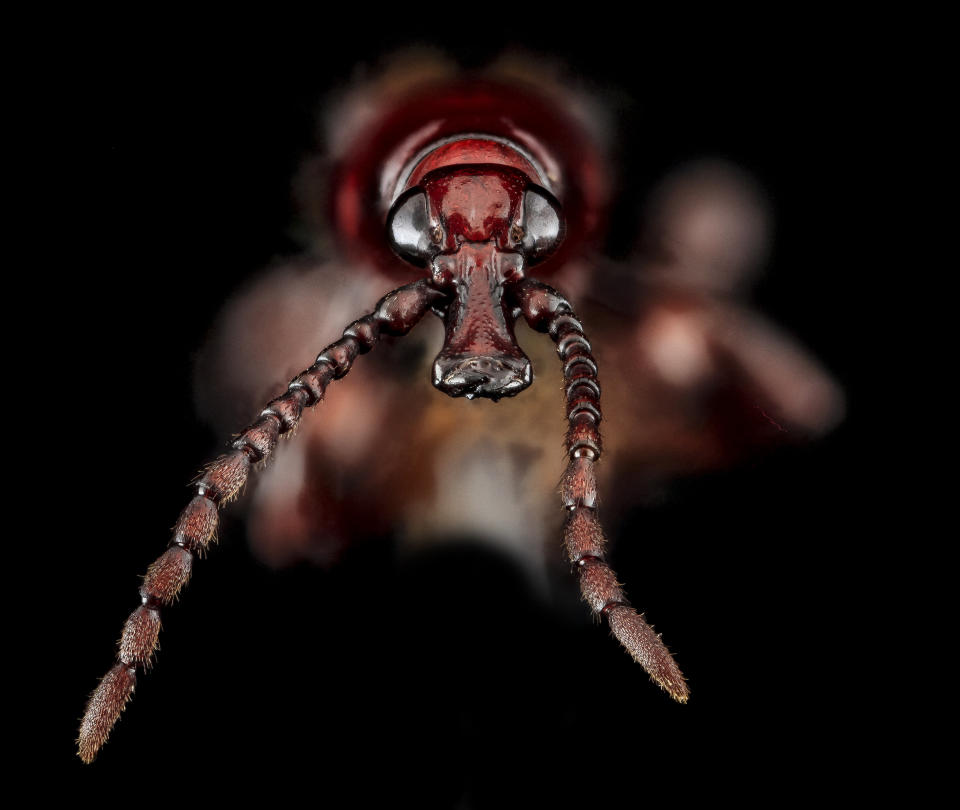
Blue shiny bug
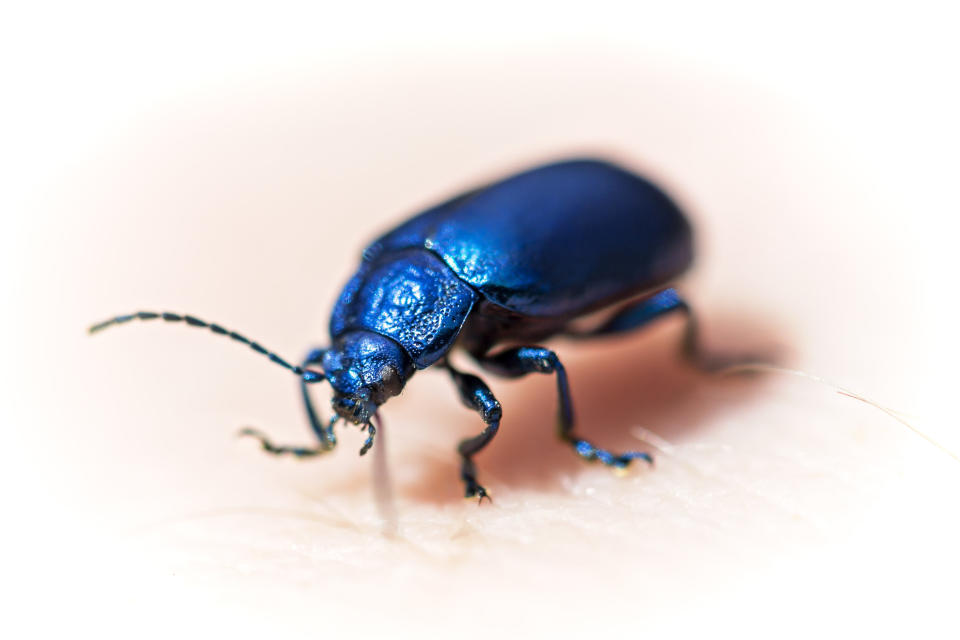
Praying Mantis
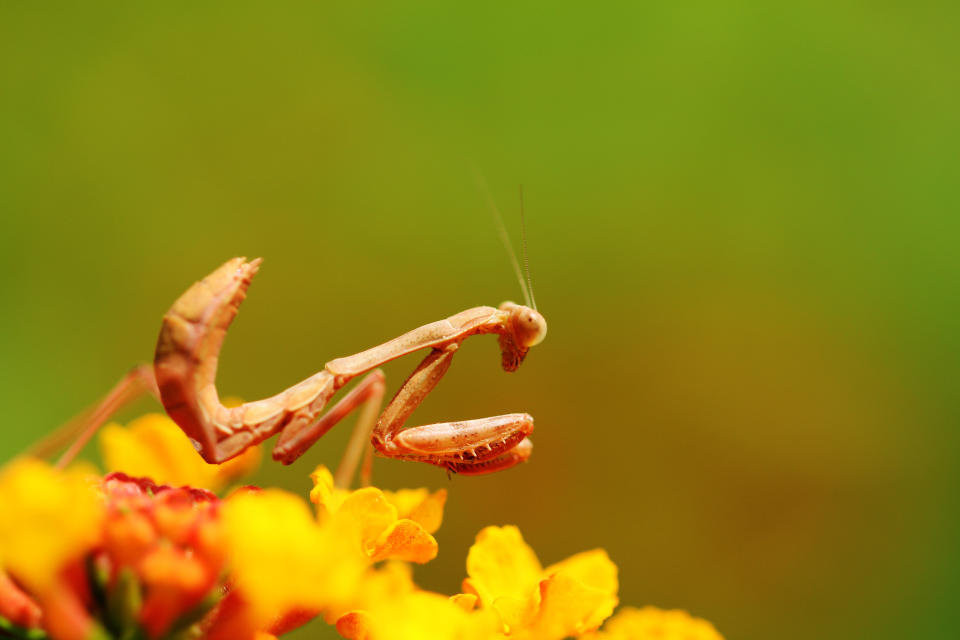
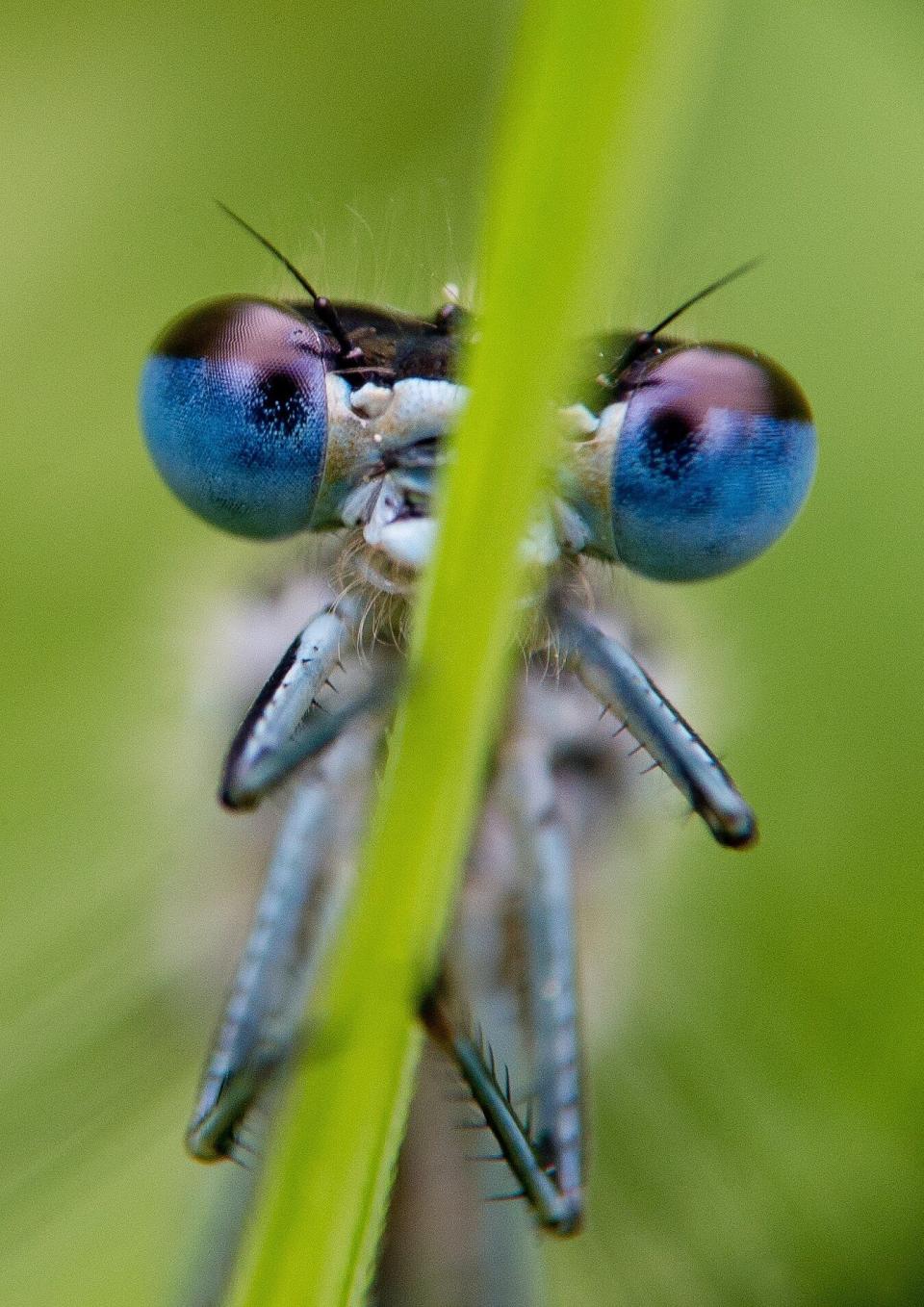
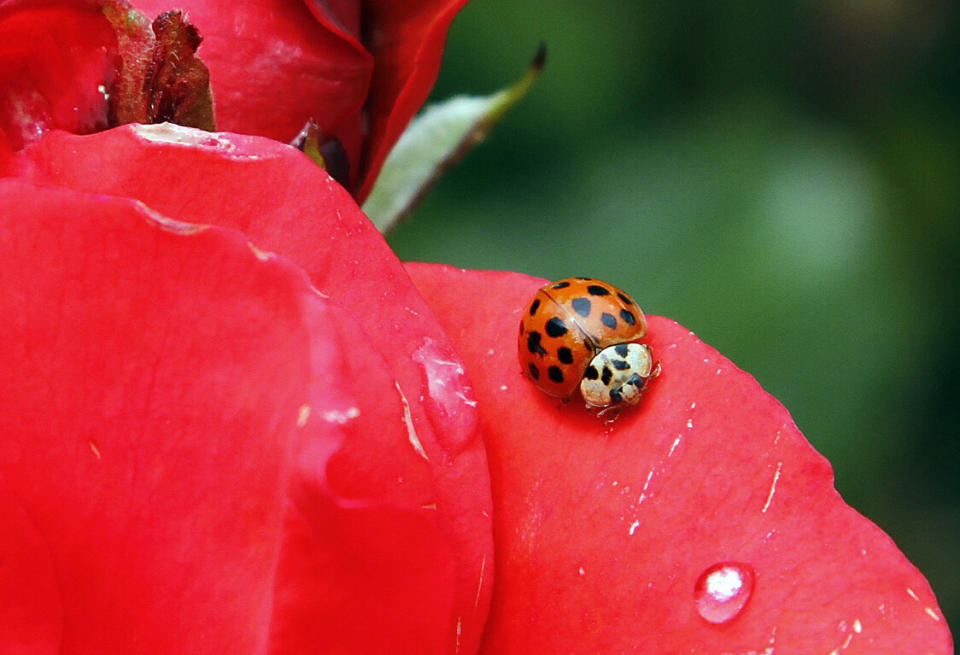
Robber Fly (Mallophora)
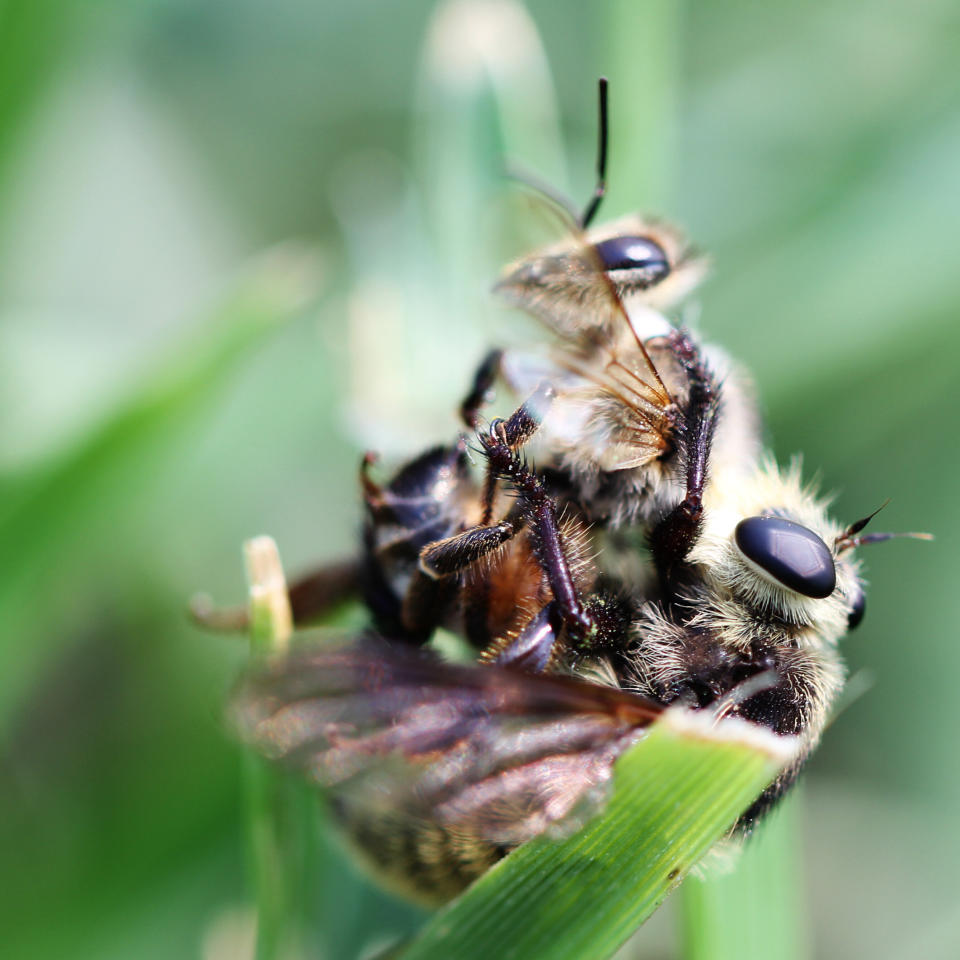
Mexican Bush Katydid Nymph
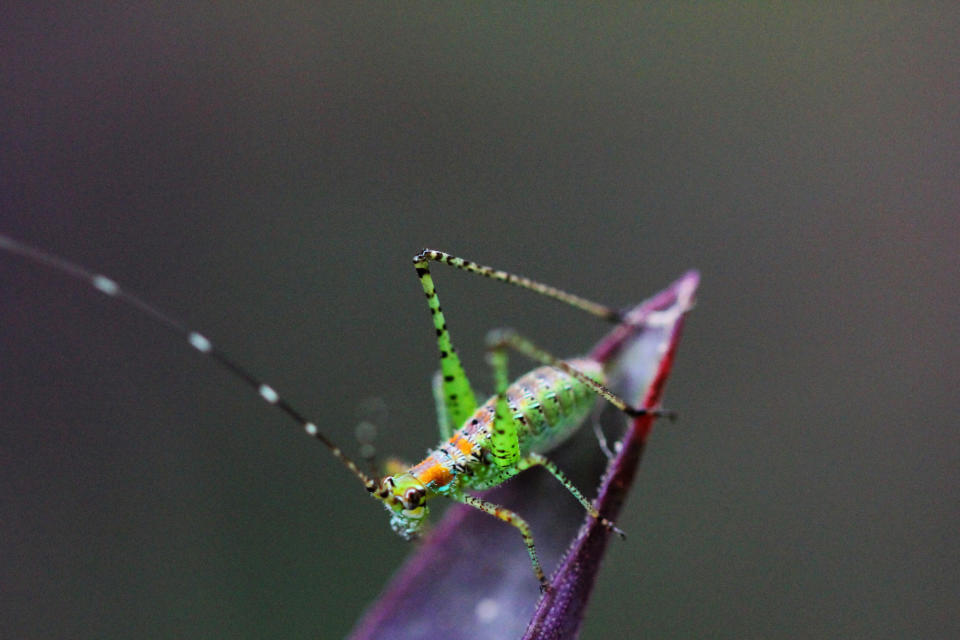
Lightning Bug
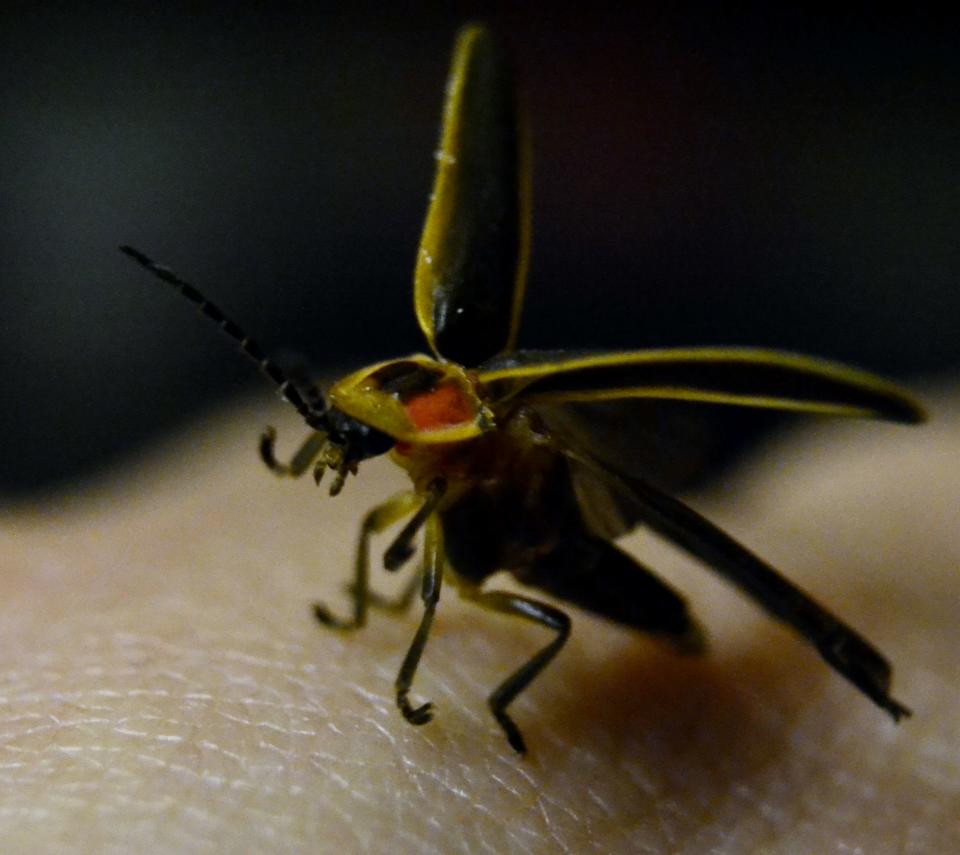
Grasshopper
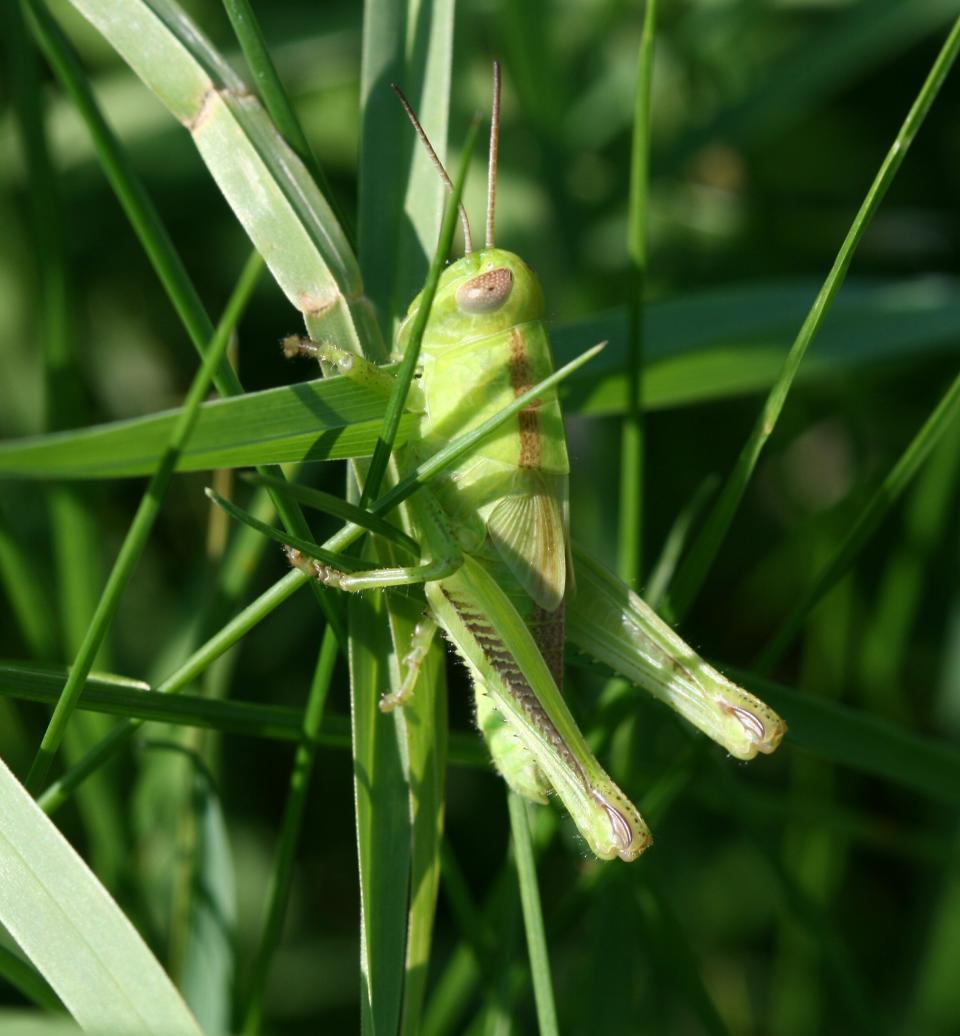
Weevil
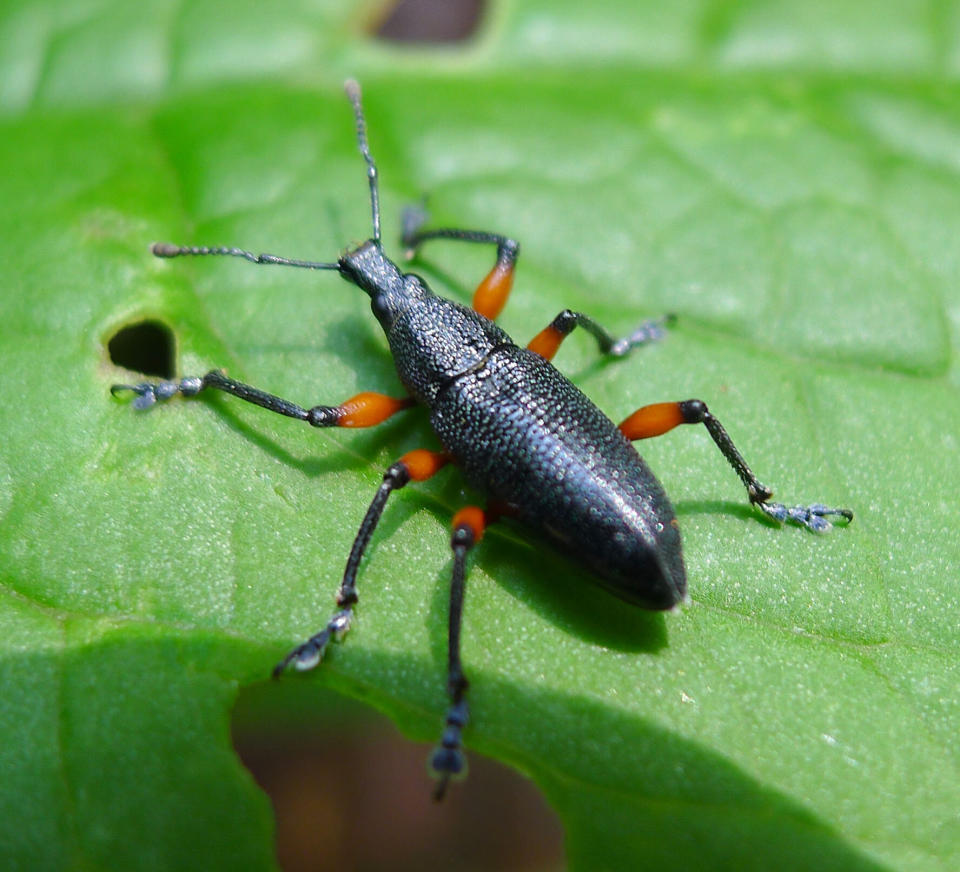
Larinus onopordi
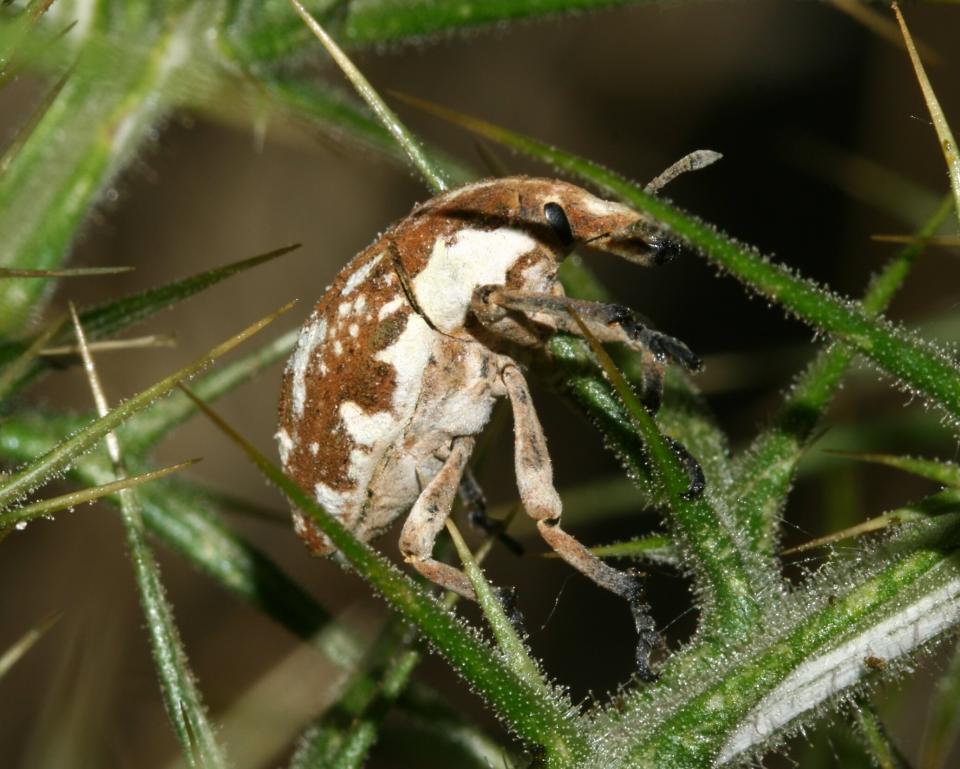
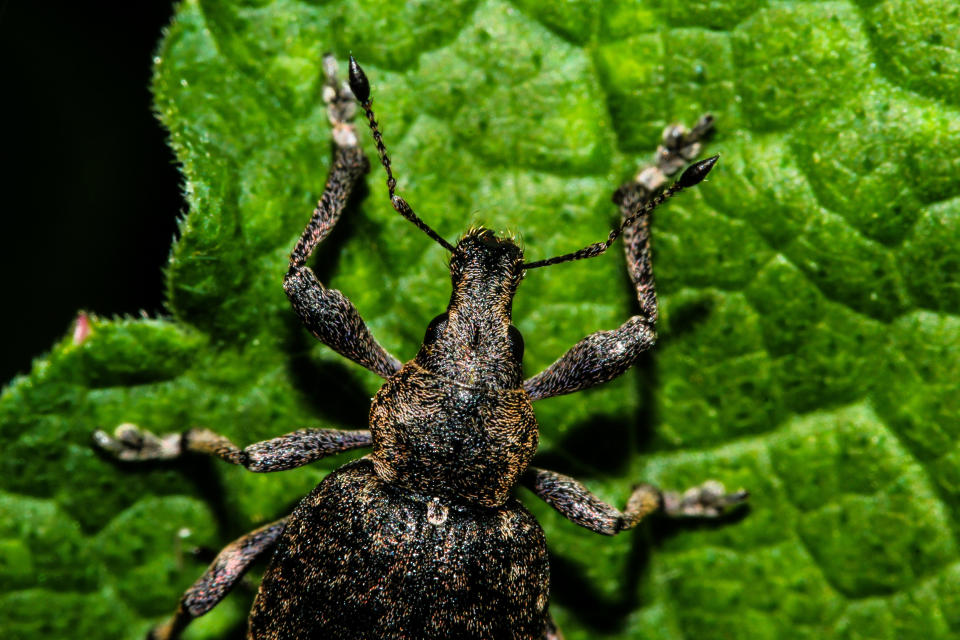
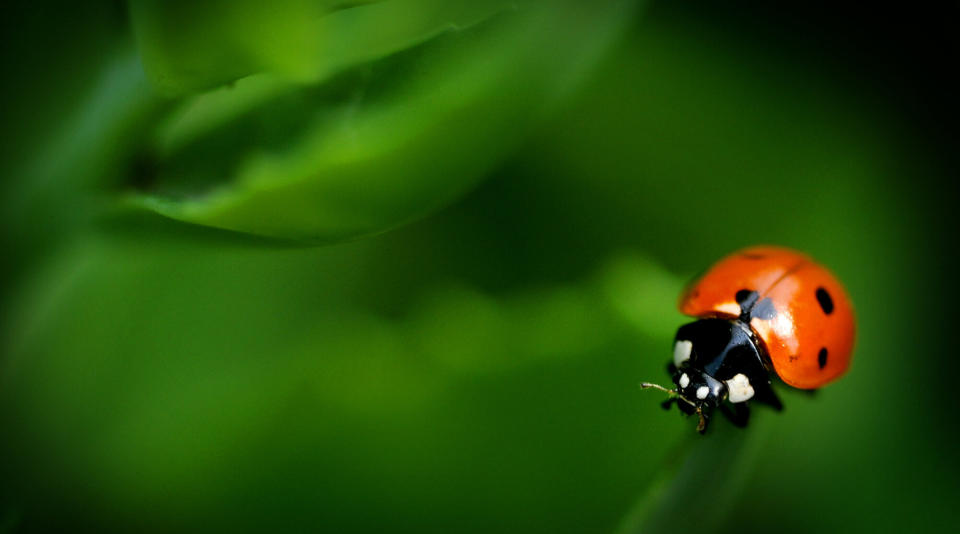
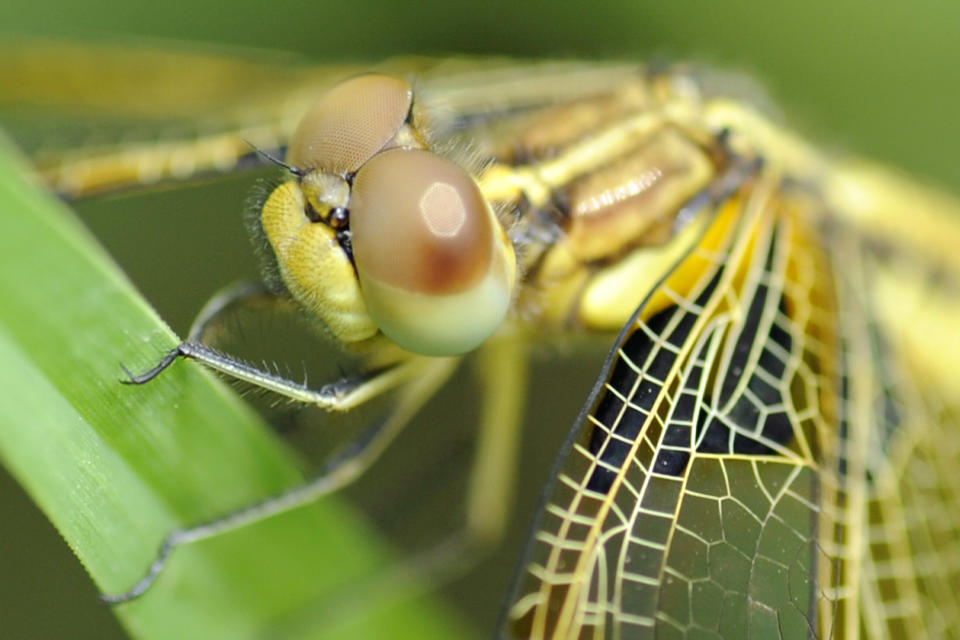
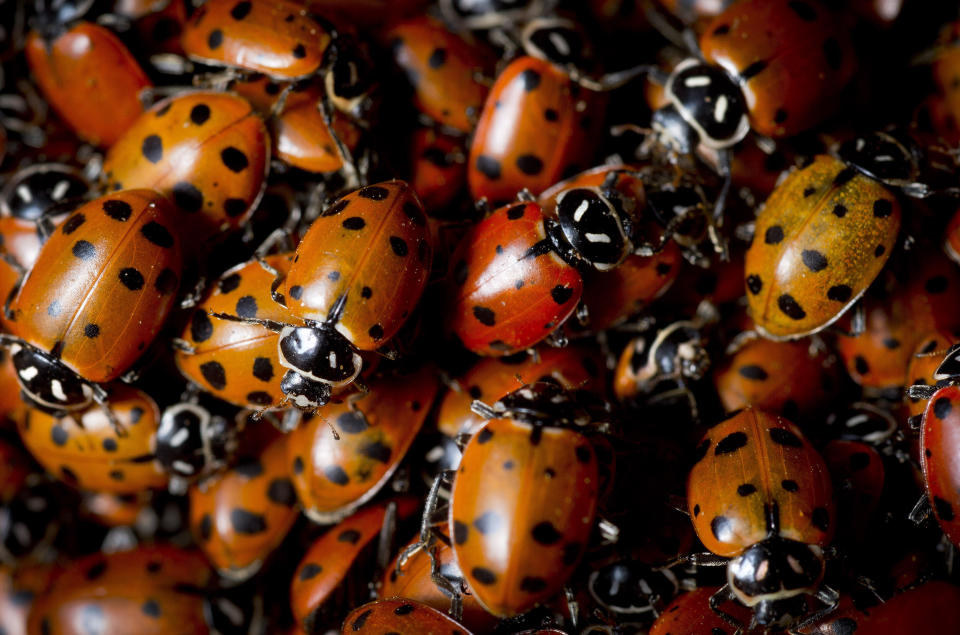
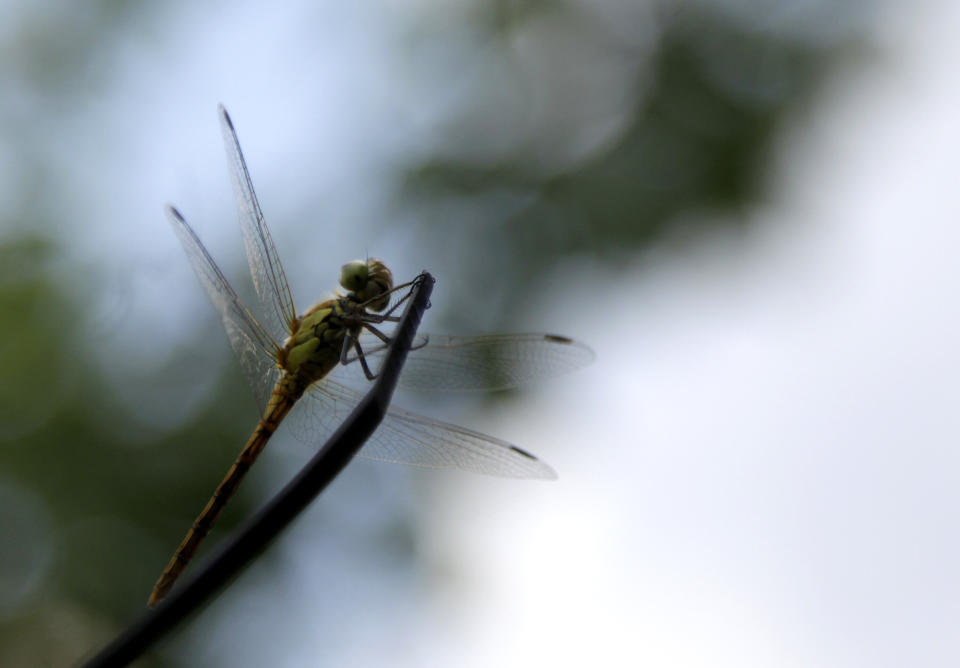
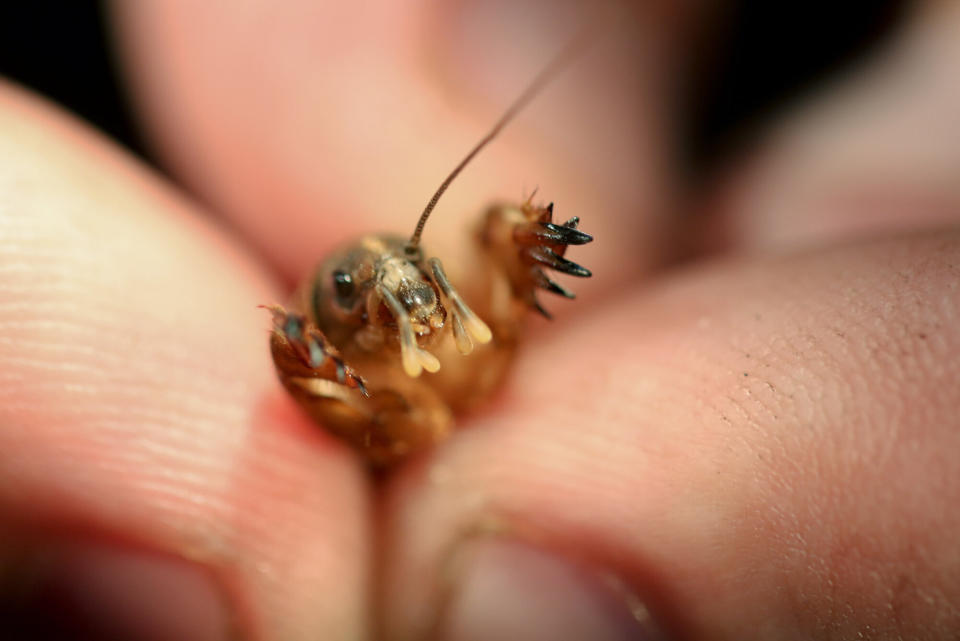
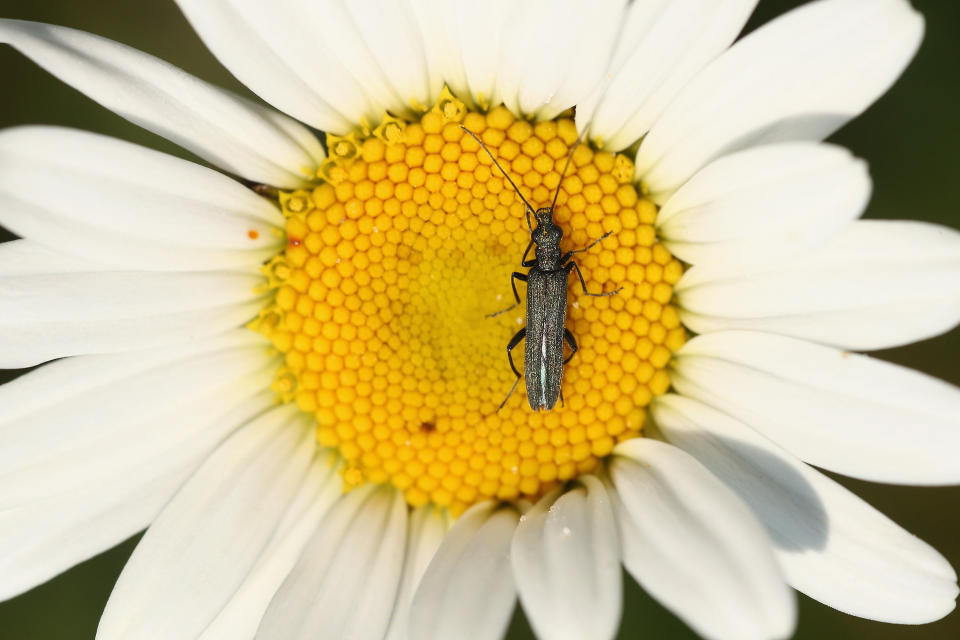
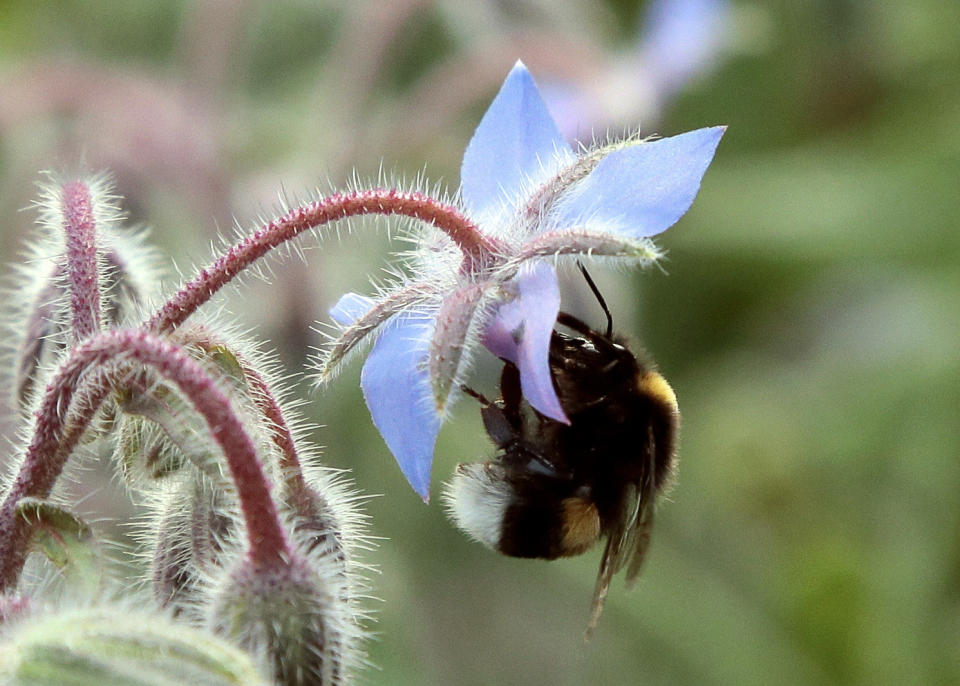
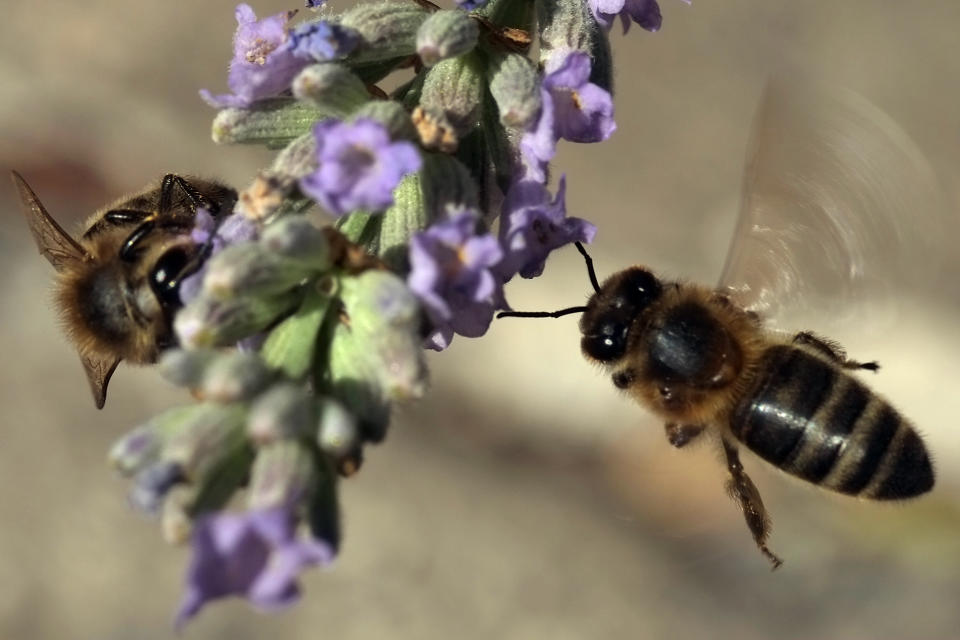
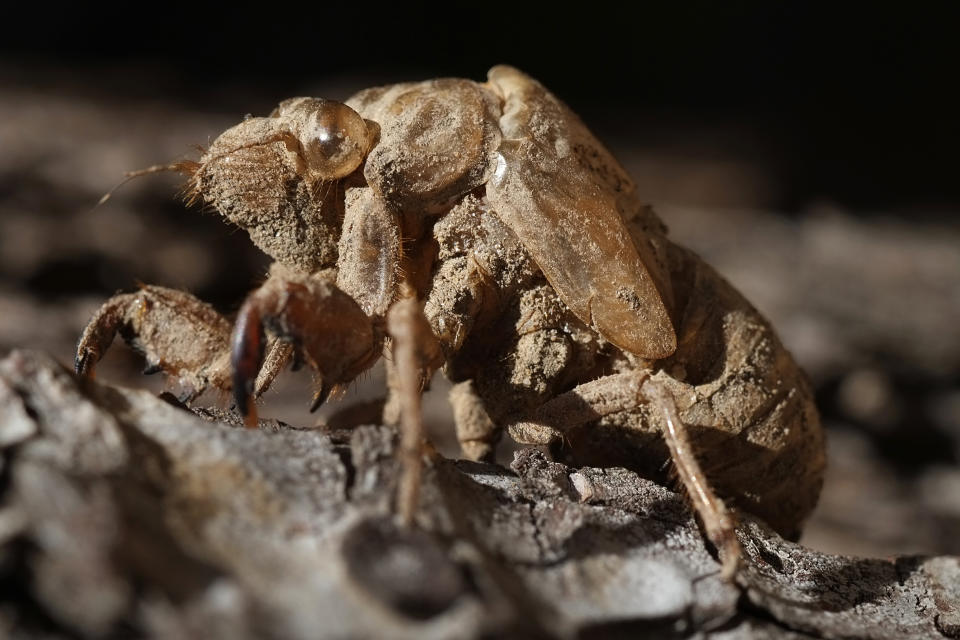
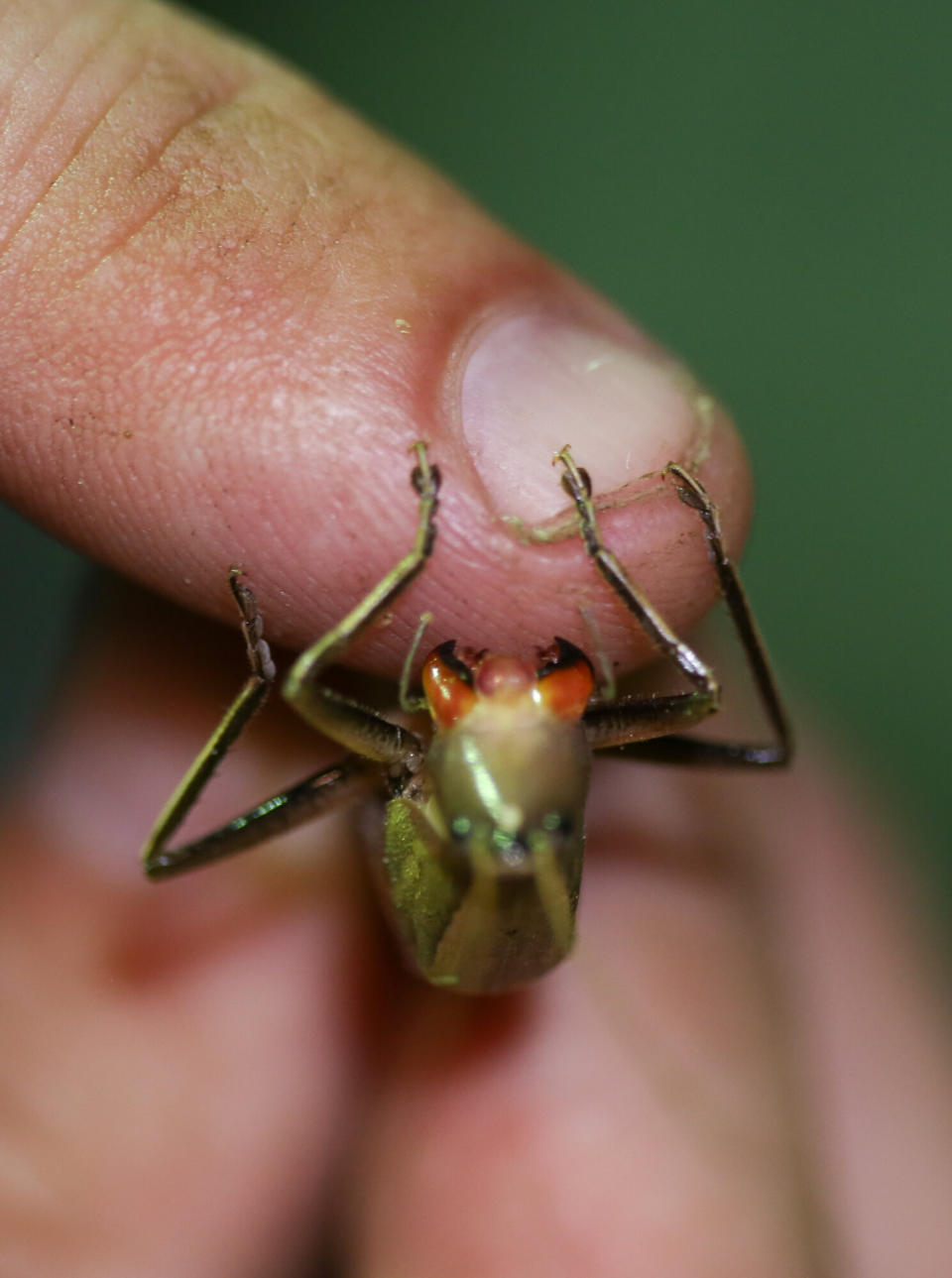
This article originally appeared on HuffPost.

